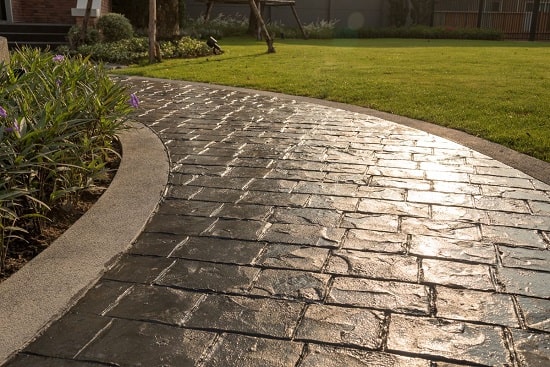Concrete is one of the most widely used construction materials worldwide. Its versatility has made it a crucial material for everything from roads and bridges to buildings and decorative hardscaping. In recent years, several innovations in concrete production have transformed how contractors work with and use this material.
If you’re looking to install concrete, it’s essential to stay up to date with the latest trends and innovations in concrete production. Doing so ensures you’re using the best materials and techniques to achieve desired results. Here are some top trends and innovations in concrete production that are changing the industry.
1. High-Performance Concrete
A major game-changer in the concrete production industry is the emergence of high-performance concrete, which boasts superior durability, strength, and workability compared to traditional concrete. Using specially selected aggregates, high-range water reducers, and other admixtures that enhance its properties, high-performance concrete has become the material of choice for high-rise buildings, bridges, and parking structures that require exceptional strength and durability.
If you’re working with Concrete Contractors, ask about high-performance concrete and discuss the pros and cons to determine if it’s the right choice for your project.
2. Fiber-Reinforced Concrete
Fiber-reinforced concrete is a type of concrete that is reinforced with fibers, such as steel, glass, or synthetic fibers. It offers improved strength and durability compared to traditional concrete and is commonly used in various applications.
Here are other points to know about fiber-reinforced concrete:
- The fibers mixed into the concrete can be made from steel, glass, or synthetic materials.
- Fiber-reinforced concrete is stronger and more durable than traditional concrete. It’s ideal for applications requiring exceptional strength and cracking resistance, such as parking garages, industrial floors, and airport runways.
- It’s also popular in decorative hardscaping, where it can be used to create unique textures and patterns.
- Using fiber-reinforced concrete can help reduce the need for additional steel reinforcements and ultimately lower the construction cost.
- Despite its many benefits, fiber-reinforced concrete does have some limitations and may require special equipment for mixing and placement.
Overall, fiber-reinforced concrete is a versatile and durable material that offers numerous benefits for various construction applications.
3. Stamped Concrete
Many contractors now turn to stamped concrete to achieve the look of brick, stone, or wood without using those materials. It has rapidly become a trendy option for homeowners and businesses.
Special stamps are used to imprint patterns and textures onto freshly poured concrete, creating a versatile material that can be used for a wide range of applications, from outdoor patios and walkways to indoor flooring and countertops.
4. Sustainable Concrete
As the global community grapples with the urgent need to address climate change, the construction industry is responding with innovative solutions to reduce its environmental impact. One such solution is sustainable concrete made from recycled materials like fly ash or slag.
While it’s important to acknowledge that sustainable concrete is not a perfect solution and has limitations, it represents a significant step forward in reducing waste and conserving resources. Some concrete manufacturers are also taking steps to reduce their carbon footprint by using alternative fuel sources to power their production facilities.
By using sustainable concrete, contractors and builders can demonstrate their commitment to responsible building practices.
5. Self-Healing Concrete
By using microcapsules or other healing agents, self-healing concrete can repair itself when cracks or damage occur. It has the potential to significantly reduce the need for costly repairs and increase the lifespan of concrete structures.
However, it’s important to note that self-healing concrete is still a developing technology with limitations. As with any new technology, it will take time to perfect and implement on a larger scale. Nonetheless, self-healing concrete represents a promising step forward for more durable and sustainable building materials.
6. 3D-Printed Concrete
The construction industry is on the cusp of a technological revolution, and 3D-printed concrete is at the forefront of this movement. By using a large-scale 3D printer to produce concrete structures layer by layer, this emerging technology could offer a range of advantages, from reduced construction time to improved accuracy and reduced material waste.
While still in its experimental stages, 3D-printed concrete has already demonstrated its potential in producing a range of structures, including bridges and even entire buildings. Despite facing challenges and limitations, the potential benefits of this technology are too significant to ignore. If 3D-printed concrete continues to evolve and improve, people may witness a significant paradigm shift in how we approach construction and design.
Conclusion
The concrete industry is ever-changing, with new technologies and materials being developed to meet the growing demands for sustainability and durability. By staying informed about the latest trends and innovations, contractors and homeowners can make informed decisions about their concrete projects and achieve the best possible results.






























